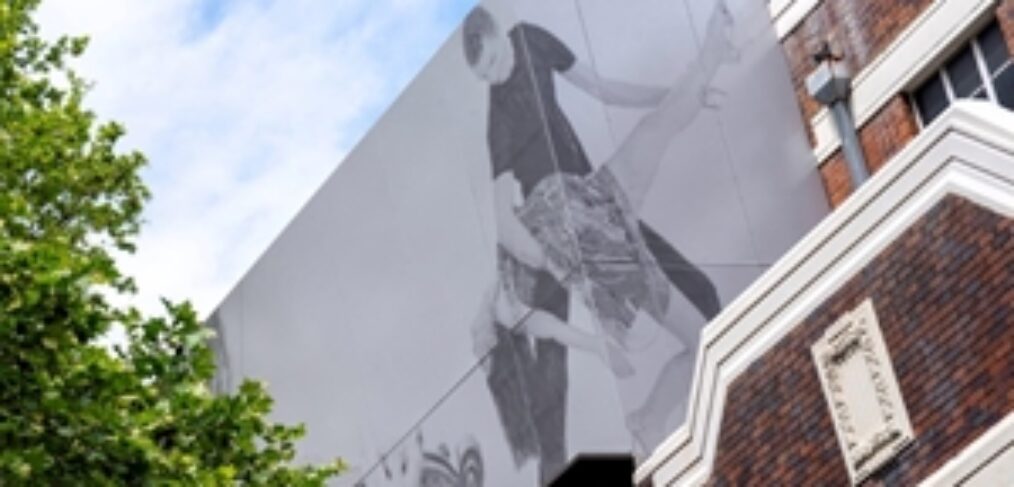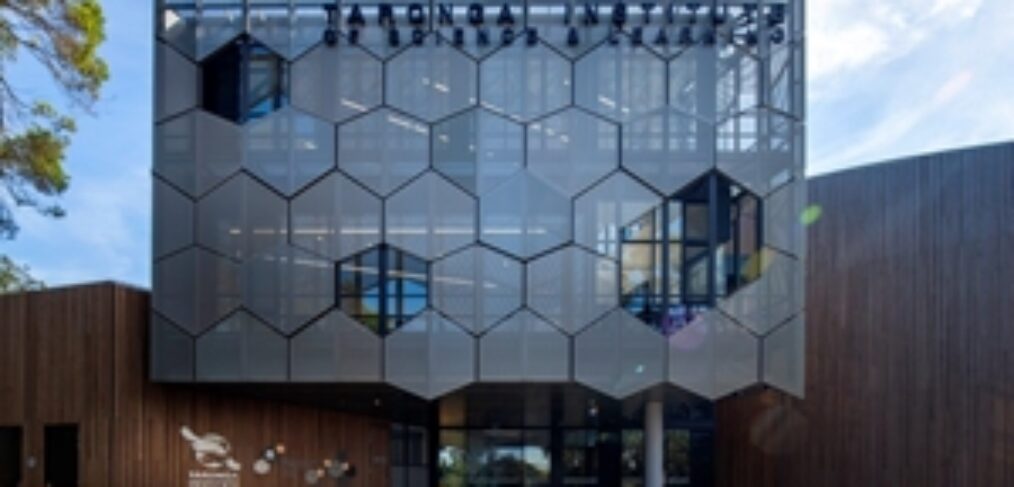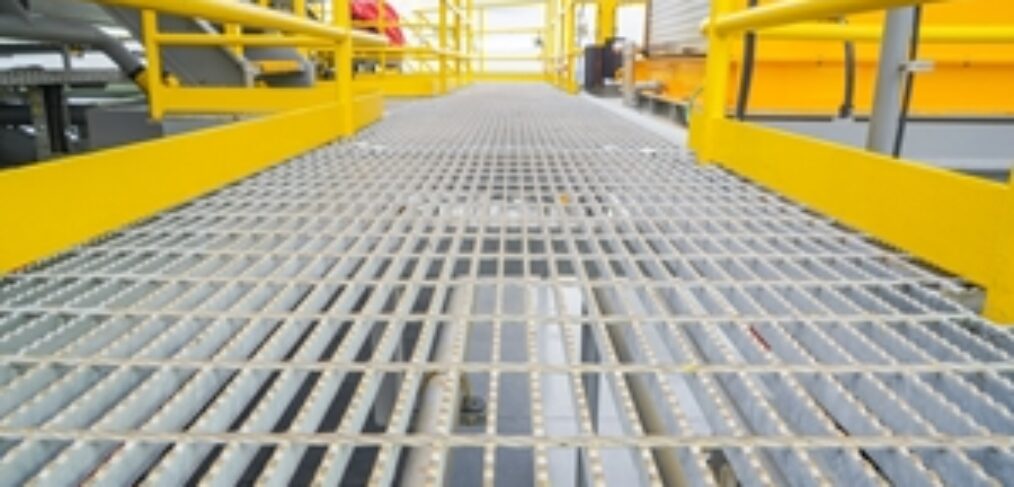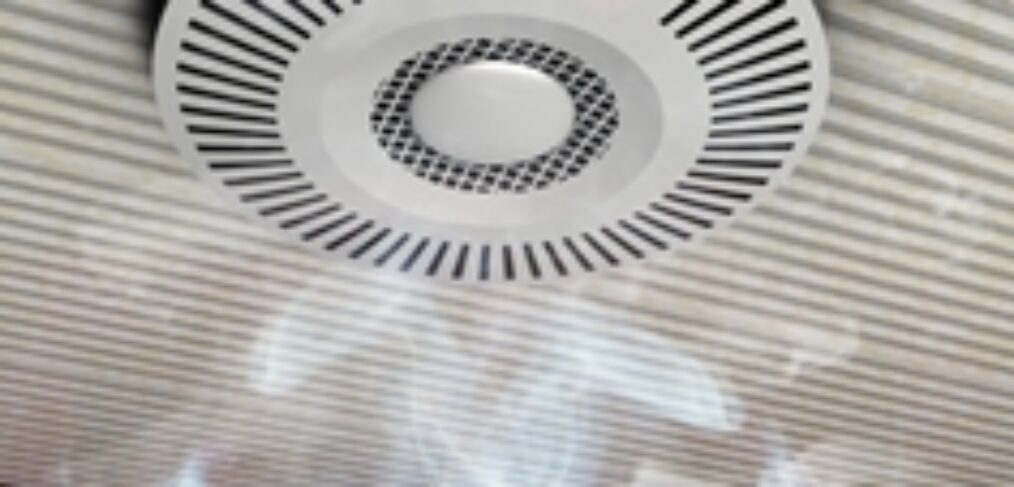A facade is critical for many building projects for both aesthetic and practical reasons.
Facades have the power to transform a standard building, whether one under construction or an existing facility, with a unique front-facing appearance that sets it apart from the many other structures in the area. With a variety of materials and designs to choose from, each facade can combine many different elements to stand on its own and make a noticeable impact on those who walk past and interact with the underlying building.
These additions to buildings also play a key role in regulating temperature and creating a more comfortable environment for those inside. By screening out some, but not all, sunlight from reaching the windows of the structure, facades help to cut down on HVAC costs without keeping staff and visitors in unpleasant, windowless spaces. With sunlight filtered as it strikes windows, employees and guests have more consistent visibility and don't have to lose focus or face distractions that come with shifting natural light.
Let's look at how a facade project can add a distinct, eye-catching element to your building, and how working with Locker on such an effort gives your organisation a dependable and proven partner.
The many options available for building facades
One factor unifying the majority of facades on modern buildings is their basic composition. Some form of stamped, perforated or expanded metal is frequently used to ensure the aesthetic and thermal qualities of the facade last for many years to come. This is the point where facades begin to diverge. Depending on the specific needs of a project, you can choose from many different options that take those requirements into account. The options offered by Locker include:
Atmosphere facades
This type of building facade emphasises visibility while also ensuring the temperature regulation aspects of facades aren't ignored. By allowing those within a building to look outside and work or visit without being blinded during the brightest parts of the day, everyone can enjoy the view.
Atmosphere facade projects were created with speed and efficiency in mind, allowing for a quick addition to an existing or new structure. The panels are often installed on tensioned stainless steel cables, which makes the process that much easier. Ridged panels can also be used in situations where cables don't align with the design vision for the structure.
With a streamlined approach to adding panels, whether across an entire building or in key areas to maximise visual impact, Atmosphere building facades can bring a variety of benefits to structures ranging from car parks to office buildings, medical facilities and much more.
Expanded metal facades
Expanded metal offers an overall industrial visual quality when workers, visitors and passers-by are close to the structure, but have a light, open appearance when viewed from a distance. Designed to protect against the harsh glare of the sun, these facades are equally at home providing security, plant and privacy screening, among many other applications.
Pic Perf facades
Pic Perf facades highlight the range of visual options that come with these valuable additions to buildings. An existing facade can have a graphic design added to it by utilising the holes punched in the material. The overall appearance is that of an exceptionally large graphic, whether an abstract concept, logo or visual representation of the work performed by the company and those inside the building.
Pic Perf can be used both inside and outside, and this valuable addition doesn't compromise the heat regulation qualities that are so important when it comes to building facades.
What you can expect when you partner with Locker
Adding a facade to a building, whether when designing blueprints or as a new addition to an existing structure, can be a complicated and time-consuming effort without the right support and guidance from a trusted partner. Locker's 60-plus years of experience working on a variety of architectural projects gives your organisation the guidance that is so valuable when it comes to everything from selecting the perfect material to safely and securely installing the facade.
When you decide to partner with Locker, you can expect knowledgeable, targeted and consistent support from the start of every project to its end. We're ready to provide guidance, answer questions and help you see your building facade efforts through to completion. With a wide range of facade products, we're sure we can find the best possible material, design and application to align with the visual and practical needs of your building.
To learn more about how Locker can make your building facade project a success, get in touch with the experts at of our eight offices today.








